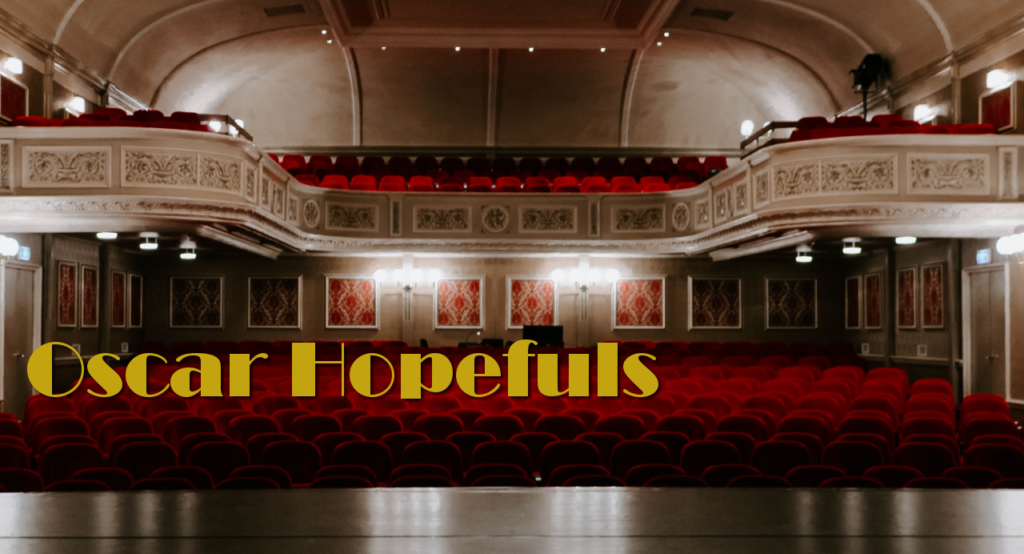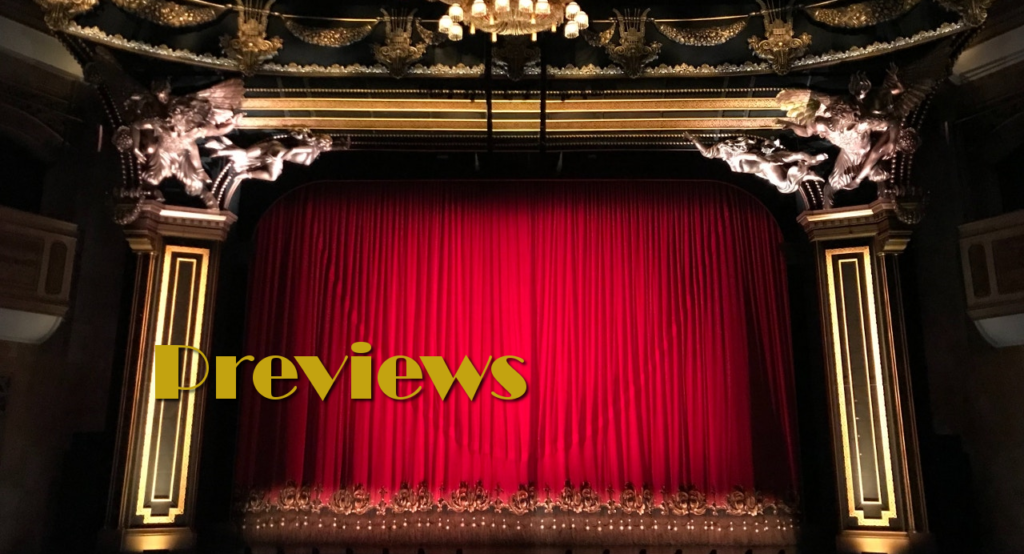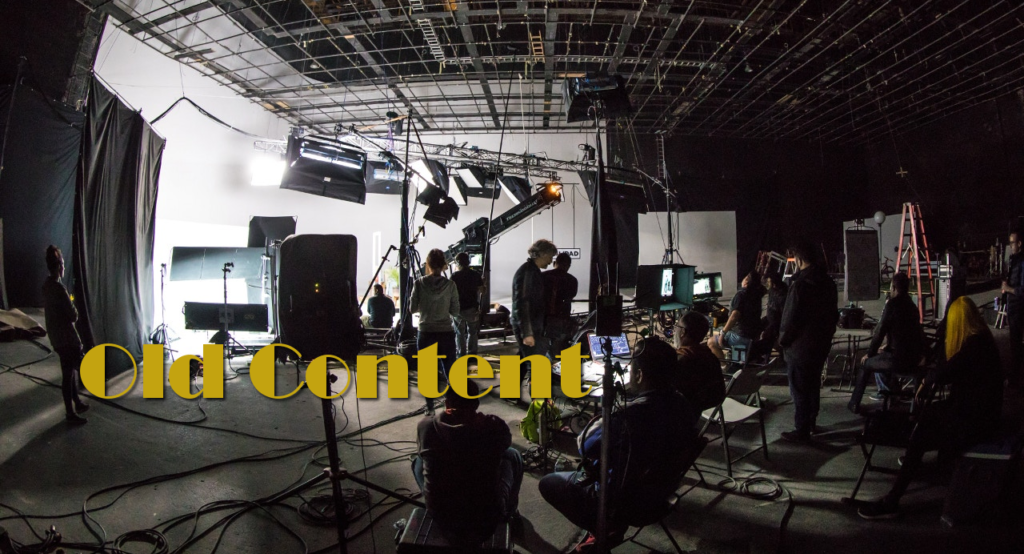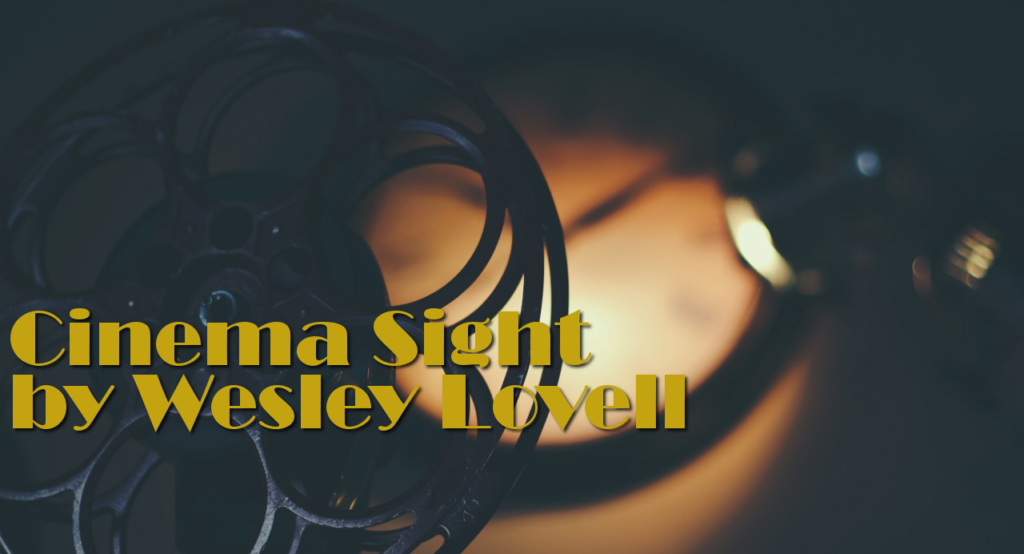The Brutalist
Rating
![]()
Director
Brady Corbet
Screenplay
Brady Corbet, Mona Fastvold
Length
3h 35m
Starring
Adrien Brody, Felicity Jones, Guy Pearce, Joe Alwyn, Raffey Cassidy, Stacy Martin, Isaach De Bankolé, Alessandro Nivola, Ariane Labed, Michael Epp, Emma Laird, Jonathan Hyde
MPAA Rating
R
Original Preview
Review
The harshness and cruelty of the Holocaust leads naturally into the defining characteristics of the protagonist of The Brutalist.
László Tóth (Adrien Brody) has lost much in the war. He was separated from his wife (Felicity Jones) and niece (Raffey Cassidy) and has arrived in America to seek refuge with his cousin Attila (Alessandro Nivola) where he hopes to get back on his feet again. After redesigning a wealthy industrialist’s (Guy Pearce) library, things begin going in his favor but success brings with it its own demons and Tóth may not be able to cope.
Many films have been made about events taking place during and immediately after World War II. Few tackle the subsequent years where survivors pick up the pieces and struggle to overcome the past horrors and traumas, potentially destroying whatever happiness they try to eke out. The Brutalist doesn’t sugarcoat its events. Tóth is a flawed individual, escaping the awfulness of what he went through with rampant drug use. Even when he’s supposed to be happy, he can’t escape its dangerous pull and it affects his interactions with others, including the wife who he goes to great lengths to return to his side.
This is all due to Brody’s success in the role. He isn’t an actor who’s easy to appreciate. Much of his work tends to feel artificial and forced. There are moments in The Brutalist where those tendencies threaten to breach his façade but he manages to keep that in check and that helps the character stay in the realm of believability. The same can’t be said for Jones whose face was never meant for expressiveness. Her happiness and sadness are seldom presented as little more than tight smiles and a raised voice. She’s almost a non-entity in the film, which makes it difficult to appreciation her position as a catalyst for our protagonist.
The other performances are serviceable though Pearce and Joe Alwyn spend far too much effort creating dislikable characters, people whose wealth isolates them from the troubles of the world. This is borne out by the Jewish lawyer Van Buren (Pearce) employs who tries to empathize with Tóth but ultimately comes off sounding disconnected from his plight with his safety and proximity and usefulness to Van Buren exacerbating his trouble. This theme is explored in a few different ways, most notably in a anti-Semitic dining table joke Van Buren makes at Tóth’s expense. Pearce does well in these nonchalant moments but then topples over the edge of credulity when he goes off on one tirade or another, a too-frequent occurrence within the narrative. Alwyn’s character isn’t given much depth so his inability to evoke more than tepid appreciation is understandable.
In spite of the unevenness of the film’s performances, director Brady Corbet does a fine job bringing all the disparate pieces together. The script he co-wrote with Mona Fastvold not only explores the challenges of surviving in a post-war world where even acceptance leads to feelings of otherness. Tóth is never more than an outsider even when given all the tools and access he needs to create his magnum opus. In spite of an early scene where Tóth is transported in a cramped railcar, the film doesn’t depict the horrific treatment inflicted on prisoners in Nazi concentration camps. We’ve seen it many times and revisiting those nightmares isn’t what this film wants to do. It relies on the audience’s familiarity with those events, especially through films like Schindler’s List, to inform Tóth’s mental state throughout the film. His actions are informed directly by those memories, which allows the audience to maintain their empathy for the character across the film’s excessive length.
Similar in style and tone to epic, era-spanning films like Doctor Zhivago and Reds, The Brutalist presents a lot of information to the viewer and it seldom feels the need to outwardly explain everything that’s happening. This sometimes gets in the way of narrative understanding, such as a scene at an Italian marble quarry between Tóth and Van Buren. The gravity of this unnecessarily dark, visually and thematically, scene isn’t fully understood until a later dinner scene where Erzsébet (Jones) intrudes on the Van Buren family to bring the situation to light. Only this moment in the film’s entire three-hour-thirty-five-minute runtime feels inauthentic. Perhaps it’s because it seems like pointless filler but Jones’ one-note performance of the scene exacerbates that feeling.
Brutalism as an architectural style that seeks to simplify structures with utilitarianism subtly and forcefully conveyed to the viewer. These stark edifices, like the one at the heart of the film, are emblematic of Tóth’s journey of survival. Those who’ve made it through unbelievable hardship often have to insulate themselves from the disappointments and troubles that continue to present themselves over time. This can make them cold and uncaring, rejecting any attempt to provide them comfort. In drawing the viewer’s attention to that sensation of barrenness, the film demands they acknowledge the difficulty of leaving the past behind.
There are moments of cinematographic brilliance in Lol Crawley’s lensing but too often the scene becomes too dark to effectively convey the events. While that might parallel the mood of the character at that moment in time, it makes it difficult for the audience to fully process what’s happening. To the contrary, Daniel Blumberg’s score is fascinating and sparse. Its harsh strains mirror the brutalist style of the architecture while also setting an ill-at-ease tone for the film. It’s both beautiful and harrowing.
The Brutalist is designed to look and feel as if it were part of the era in which it’s set. The film is shot in VistaVision and features an intermission. Those two things are seldom used today and that might create a boundary to appreciation for most audiences who might not understand the connection between those processes and the film’s temporal placement. Instead, it will feel to them like a withdrawn and expansive narrative that lumbers along for much of its length. For cineastes, recognizing these techniques and styles adds a measure of creative zest to the picture. It is a tribute to a nearly-forgotten period of film history while presenting a story that features elements that never could have made it into the final cut of a film released in that format and period.
The film may have its weaknesses but there are a significant number of strengths that enable the film to tower above much of what’s being made today. When some directors are trying to advance film to its next evolution, The Brutalist brings the viewer back to a time when film was meant to be savored.
Oscar Prospects
Guarantees: Picture, Directing, Actor (Adrien Brody), Supporting Actor (Guy Pearce), Original Screenplay, Original Score, Film Editing, Production Design
Probables: Cinematography
Potentials: Supporting Actress (Felicity Jones), Costume Design, Sound
Review Written
January 1, 2025



















Leave a Reply